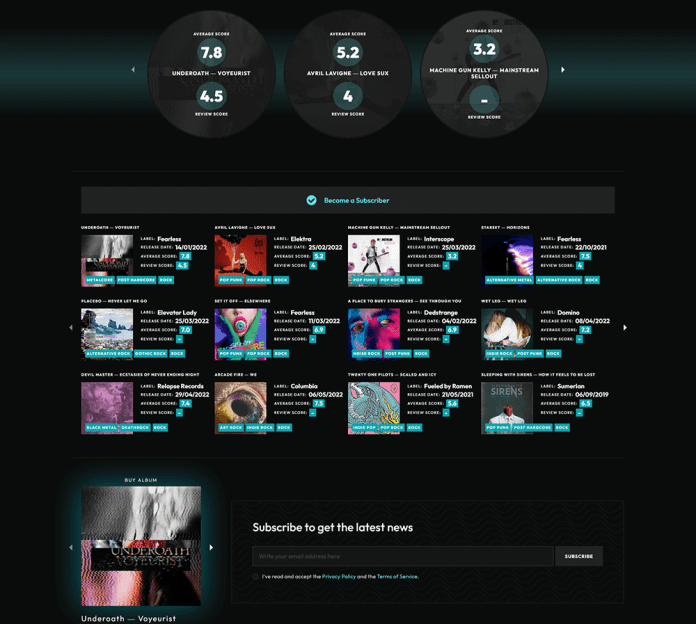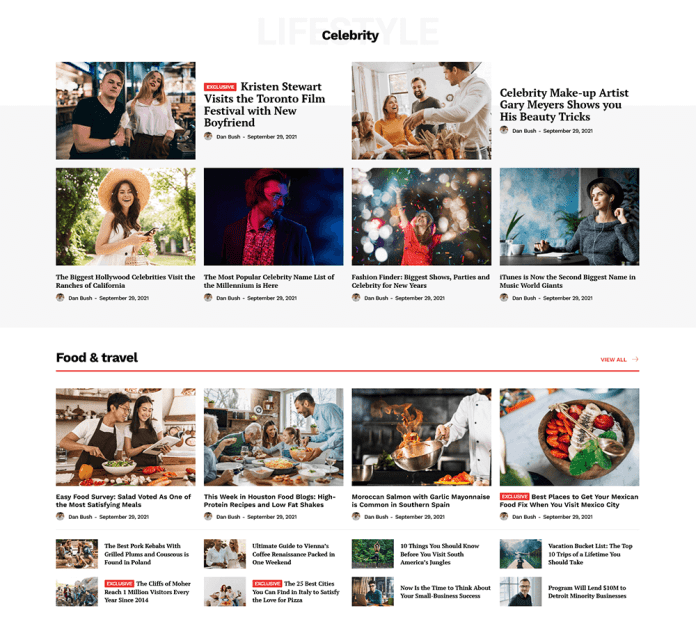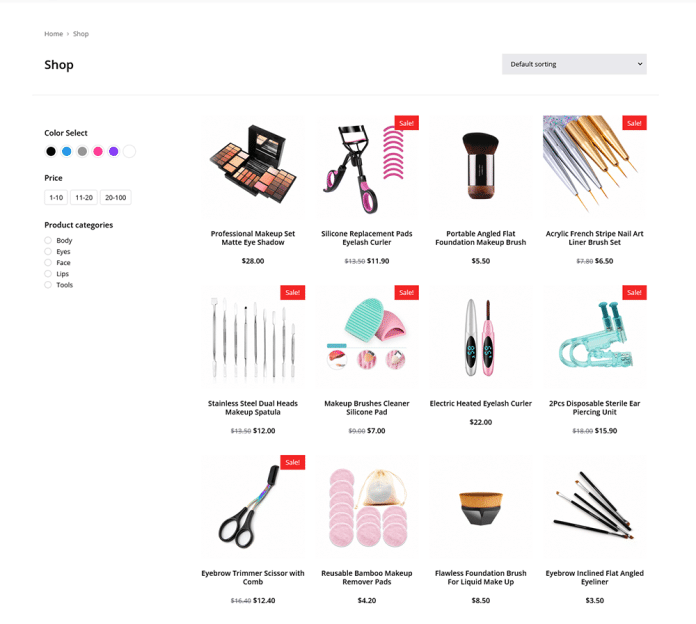Table of Contents
Introduction
And here is the truth of the matter, landing a job in digital marketing is a very competitive field. Employers no longer look at the degree or certifications only. They desire evidence. Results that can be touched and scroll-worthy evidence. It is then that your social media marketing portfolio can be put to use.
It is not just a set of nice posts. It is your brand tale. Your artistic print. Pixels in which you think strategically. What about standing out of the crowd of Canva templates and auto generated captions?
Polite: construct it as though you meant business.
This is a blog where we are going to be talking about the seven basic ingredients that make a boring PDF or a folder with some screenshots become a professional dynamic portfolio that you would want to bookmark. This is your manual whether you are a start-up or whether you are rebranding your online identity.
1.social media marketing portfolio– Introduction
Sure, portfolios, too, have to be greeted.
Begin by simply describing yourself, your background and the nature of work that you deal with. This is not your life story, you need to keep it minimal, just like your Linkedin profile says about you but this is more fashionable. Your introduction:
Define your niche (e.g., Instagram strategy, brand storytelling, TikTok growth hacks)
Mention your most successful clients or campaigns
Tell your tone, personal brand
It is a powerful introduction, presenting your portfolio into context. It provides the mood. It is the hand-shake prior to the elevator pitch. Be sure that it is warm, welcoming and true to who you would be as a marketer.
Lean on what you do best even if your experience in the industry is only just beginning, perhaps, you are a numbers-focused content scheduler, an avid storyteller, or a meme-master capable of creating easy-digestible content. Demonstrate your enthusiasm to the industry and the value to add.
2. Present Actual Work, Not only Templates
Mock projects are not bad and this is quite alright when you are a beginner. However, there is a catch, to make your social media marketing portfolio be one that resonates, ensure that it contains actual campaigns, results and customer feedback.
Dissect projects that have been done:
· What was the motive of the client?
· What planning did you use?
· What was your particular duty?
· Which tools did you work with?
· What were the results? It is in metrics where magic is found!
When you are an agency-experience-free portfolio builder, it is a good idea to get freelance work or volunteer through nonprofits or small companies. It does not have to be work with big brands, it only should bring real results.
Clearly, visual evidence counts. Include screenshots of your posts and account analytics and graphic pairings side to side comparison images representing posts that are improved. Explain follower growth, improvement in engagement, or an increase in click-through rates through the use of charts or graphs.
3. Varied Content Types
A pertinent portfolio does not only have one trick up its sleeve.
Sure, you may be excellent at designing the posts that are not dynamic. Why not Reels? Stories? Carousels? Creatives on paid ad? Content calendars? Blog links?
Do your best to have a combination of work that demonstrates your platform versatility including:
· Instagram: stories, reels, unanimated posts, and Highlights
· LinkedIn: Personal brand, thought leadership content
· Facebook: Community interaction, advertising of events
· TikTok: Mini-video, story telling
· Pinterest: Program visual, boards
· Twitter/X: Brand voice and interaction in a bite sized form
Such variety not only indicates your creativity but also your flexibility which is what agencies and brands need when reaching several audiences.
Don t forget to demonstrate that you are familiar with the tone and the best practices of every platform. The rules of the TikTok game cannot be applied to the LinkedIn platform, and vice versa, the LinkedIn carousel will not appeal to Instagram audiences. Demonstrate your skills to alternate the tones, formats, and platform plans.
4. Thought Process and Highlight Strategy
This is where the majority of the people go wrong.
It is not the portfolio of what you have done but why you have done this.
Discuss briefly each strategy on the campaign or post series. For example:
· What was the decision to use that type of visual style?
· Why did the author use such caption format?
· Why did we place posts about frequency or hashtags?
· With this effort, what marketing objectives were associated with it?
When you market–to lack a strategy is to essentially make noise. Being capable of having a critical mind with regard to thinking your creative choice clearly sets you apart.
Even better? Include a periodical use of a strategy snapshot to each campaign. Following the brief, research, strategy decisions and the anticipated outcome use bullets to take the reader through it. This makes it deeper.
5. Put in a Case Study (or two)
A decent case study is similar to a backstage documentary of what you are doing.
Pick one, two campaigns, and do deep dives. Become a story:
· What were the target or brand objective of the client?
· What was standing in the way?
· What have you suggested?
· What was your implementation of it?
· What were the outcomes and the takeaways?
If possible include testimonies of clients. Trust is built by a word of another person about your working. Neither is it a good idea to avoid showing campaigns where everything did not go according to the plan, and discussing how you had to adjust and learn makes you appear experienced and mature.
Be transparent with regards to what you are doing. was it decided at the eleventh minute? Have you been forced to switch gears after a platform change in algorithms? Honest and introspective you are, the more authentic is your case study.
6. Make It Visually Cohesive
Design matters. Your brand includes your portfolio. When it appears hodgepodge or randomly put together, you are telling people that you do not get the visual language right, and at that point, you, as a marketer, are in trouble.
Visual consistency tips:
· Remain adherent to 2-3 brand color schemes
· Apply the consistent font-styles everywhere
· Standardize layout spacing
· Use icons, visuals or dividers to break the text Break text with icons, visuals, or dividers
Regardless of what program you are using (Canva, Adobe XD, PowerPoint, or a web construction router), the form should be purposeful. Turn it into a scroll. Also, avoid blurry screenshots, even the most excellent contents would look unprofessional with blurry images.
Consider your portfolio like a magazine or a brand book on the internet. One section should be well connected to the other. Apply the pages, page header, and regular profiling. In case you are uploading a PDF file, save it in high quality, with the mobile- and desktop testing.
7. how can we Make It Current and Available
Portfolio is a dynamic document. All learning experiences, all new campaigns and all the outcomes that you have contributed to, must find their way to the portfolio.
And (mind) don t make it difficult to see.
· Post it on a personal site, Behance or Google Drive (open access)
· Include a PDF version (which can be downloaded at light weight and is mobile friendly)
· Post a briefened link on resume, LinkedIn, and email signature
Put an alarm to check your portfolio quarterly. Whether it be one new initiative or one new testimonial, the follow through keeps you on your toes and displays an ongoing added value to any prospective employers.
Possession of obsolete work may lead to the employers believing that you are not active or engaging in the discipline anymore. Make it new, topical and dynamic.
The Case As to Why a Great Portfolio Is Non-Negotiable
This is a bitter reality: all job applicants carry a resume. Others are even certified. Few people however have a well- developed portfolio.
An effective social media marketing portfolio can immediately:
· Separate you against the masses
· Prove that you are valuable
· Demonstrate that you know the trends in marketing and consumer behavior
During a marketing job interview, it works better to demonstrate how much difference you made, instead of discussing your passion. Don t tell, show. Metrics matter. A graph that is evidence of 30 percent increased engagement says it all.
It all begins with your portfolio it is the first impression in a digital-first world. It is your brand handshake. And do not overlook it.
Parting Shots: Construct It As You Intend It
It is not important to come up with a portfolio out of glamorous brands or even fancy graphics. It is a matter of displaying what you can as a marketer; being strategic, being creative, being result oriented and continuously changing.
Therefore don t rush to job market, especially just out of college, and suppose that just because you finished college, you have what it takes to compete in the job market and get a job. Therefore, when you venture out into the job market, do it an effort to create a portfolio that shows your best work with your best selves.
As a reminder, social media marketing portfolio is not a piece of paper. It is your career history ready to be found.
Be down to earth. Make it accountable. Have it yourself.
It’s a collection of your best work, strategies, and results in managing social media platforms—designed to showcase your skills to clients or employers.
It gives proof of your abilities—more than a resume ever can. It helps employers and clients trust your work and gives you a competitive edge.
Include campaign examples, analytics results, visuals, platform strategies, content calendars, and even testimonials or client feedback.
Pick your best work, explain your strategies clearly, use visuals, and organize it into sections like case studies, content samples, and results.
Absolutely. Clients want to see what you’ve done. A clear, results-driven portfolio can convert curiosity into trust—and trust into contracts.
Yes! Data gives your work credibility. Share metrics like engagement rates, reach, click-through rates, and growth trends wherever possible.
Dedicate sections to each platform. For example, include Instagram story strategies, Facebook ad campaigns, or LinkedIn content plans separately.
You can use Canva, Notion, Google Slides, Wix, WordPress, or Adobe Portfolio. Choose a tool that reflects your style and makes updates easy.



